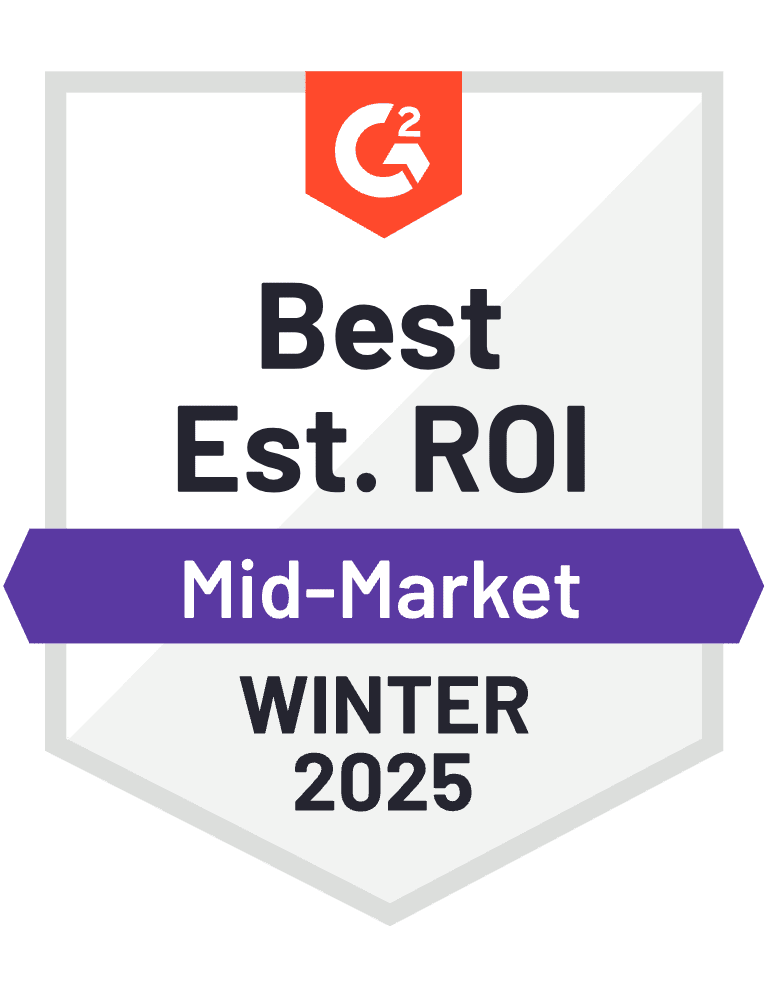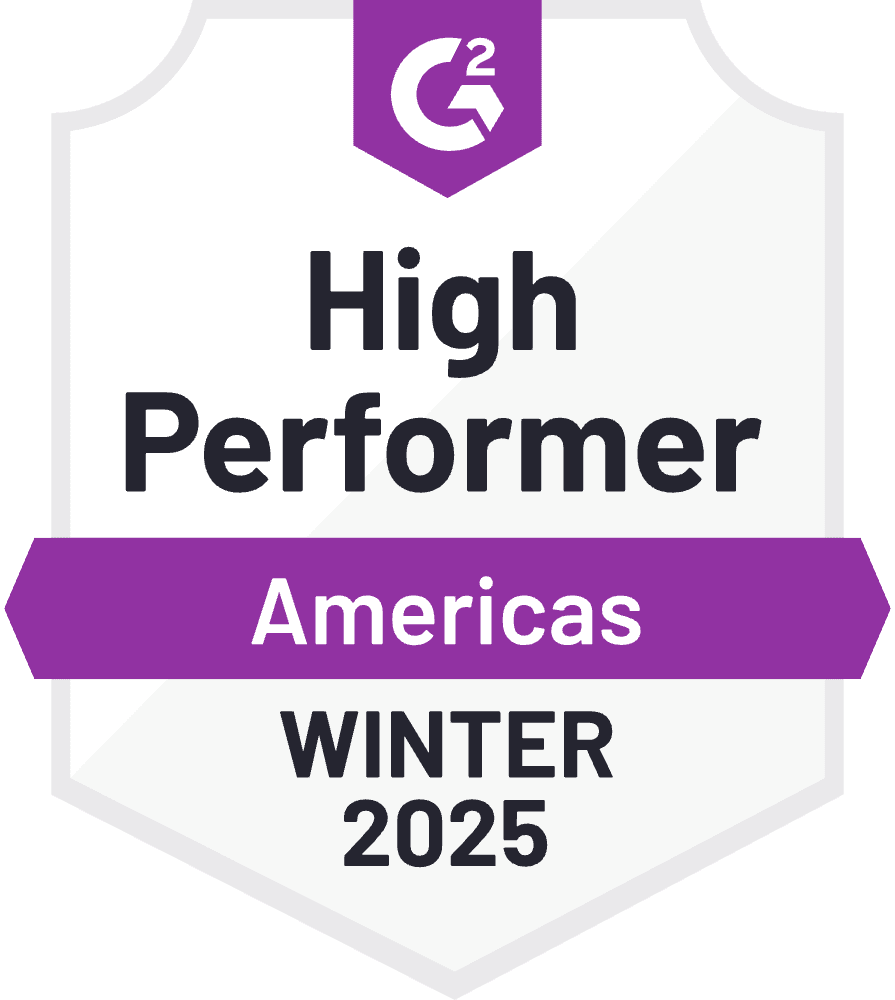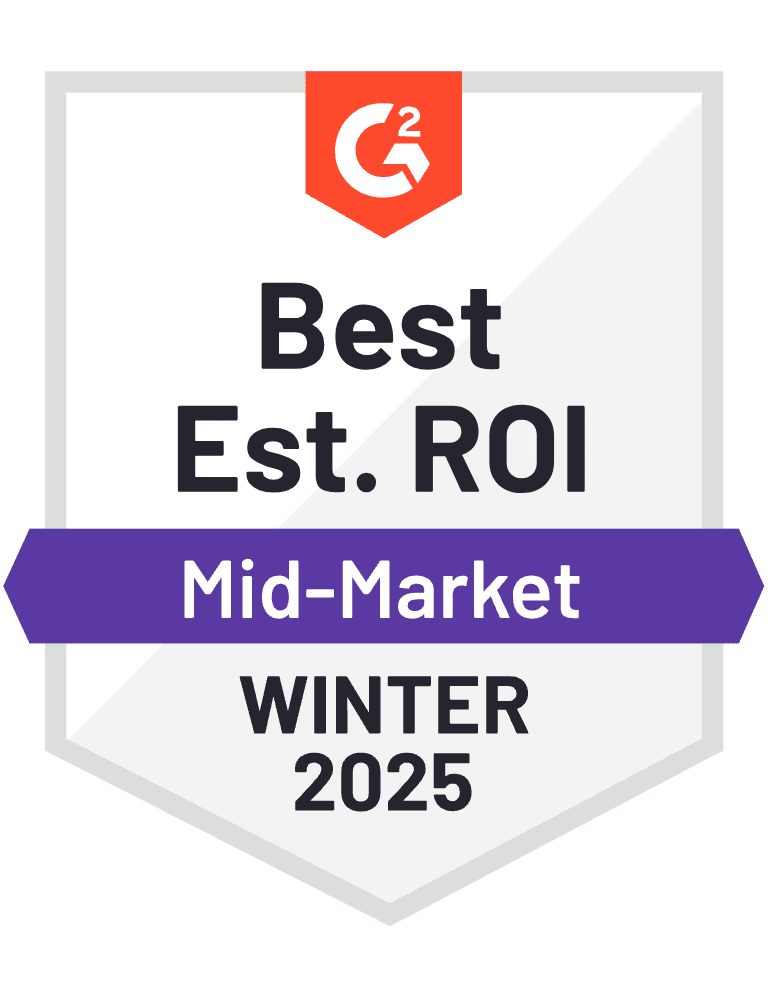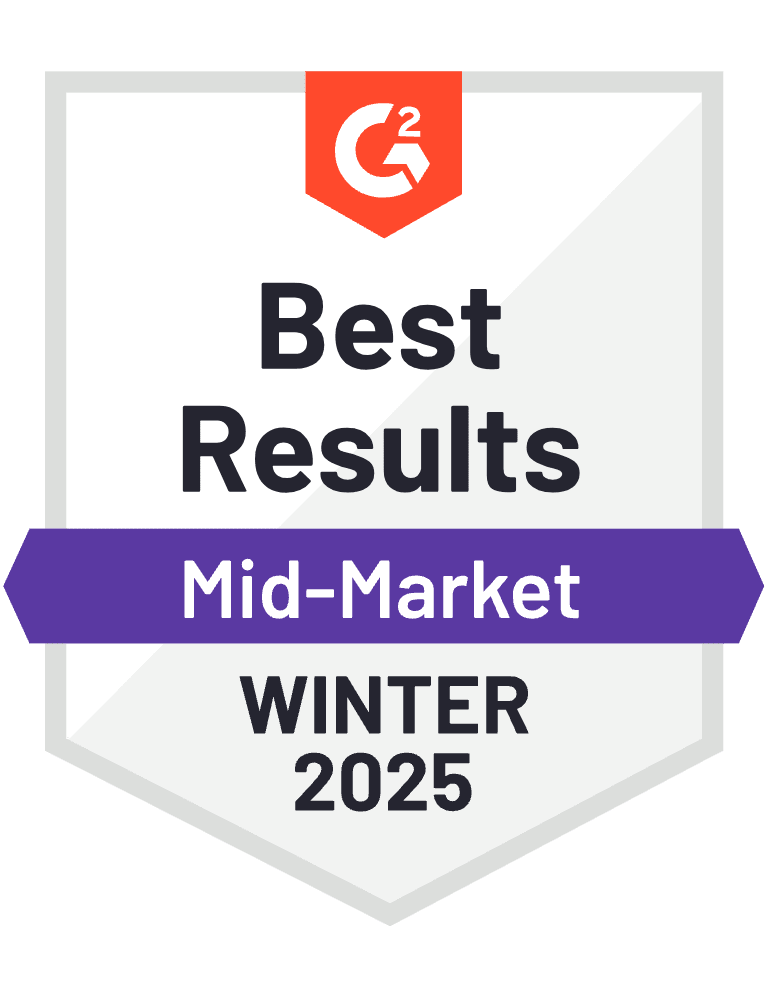Home > Case Studies > Expense Tracker Software
From Manual Expense Logs to 50% Faster Processing with Expense Tracker 365

Spotlight
An EdTech startup with over 300 remote educators struggled to manage high volumes of recurring expenses across departments. With manual logging, inconsistent categories, and endless back-and-forth during approvals, finance teams were swamped. That changed with Expense Tracker 365. Automated expense categorization brought speed, accuracy, and visibility—cutting processing time by 50%.
Highlights
Reduction in Expense Processing Time
Drop in Manual Data Entry
Policy-Aligned Categorization
Customer’s Speak

Mike Reynolds
Legal Operations Manager
“
Managing contracts manually led to missed deadlines, compliance risks, and inefficiencies. With SharePoint Contract Management, automation streamlined workflows, reduced manual effort, and ensured compliance. Now, we focus more on clients instead of paperwork.
The Challenge: A Categorization Chaos
- Manual Categorization Bottlenecks
Employees submitted expenses under vague or incorrect categories, leading to review delays and rework. - Recurring Errors & Approvals Delayed
The finance team spent hours validating entries before approvals could move forward. - Lack of Spend Insights
Due to inconsistent tagging, reports lacked clarity. Category-based analysis was nearly impossible.
The Solution: Automated Categorization via Expense Tracker 365
- AI-Powered Expense Categorization
Expense Tracker 365 auto-categorizes expenses using the description, merchant name, and past user behaviour. For example, charges from “IndiGo Airlines” are tagged as “Travel – Airfare,” while tools like “Slack” fall under “Software Subscriptions.” This ensures consistent, accurate tagging with minimal user input—reducing manual work and speeding up approvals. - Custom Rule-Based Workflows
Finance teams configured custom rules within Expense Tracker 365 to automatically categorize expenses based on department, amount, or purpose. For instance, any airfare over ₹10,000 was instantly tagged as “Travel – Airfare,” while subscriptions for design tools used by the creative team were classified under “Departmental Subscriptions.” These predefined rules ensured that employees submitted expenses with the correct tags, reducing errors and eliminating the need for repeated clarifications during approval workflows. This brought greater consistency, compliance, and speed to the entire expense reporting process. - Real-Time Category Suggestions
Expense Tracker 365 provided real-time category suggestions as employees entered their expenses, making the process faster and more accurate. These suggestions were based on previous submissions, frequently used vendors, and company-defined categorization rules. This eliminated the need for employees to guess or manually check category guidelines, reducing confusion and errors. As a result, expense entries became more consistent, and the number of submission mistakes dropped significantly. - Integration with Corporate Cards
Imported transactions from corporate credit cards were automatically pre-tagged with the correct expense categories in Expense Tracker 365. This automation removed the need for manual categorization, saving time for both employees and finance teams. Pre-tagging also ensured that expenses aligned with company policies and reduced errors in reporting. Overall, this feature streamlined the reconciliation process and improved data accuracy across the board.
Quantified Results
- 50% Faster Expense Processing
Review and approval cycles shrank from 3 days to just 1.5 days. - 70% Less Manual Entry
Auto-filled categories eliminated most of the data input work for users. - 100% Categorization Compliance
No more vague or uncategorized entries—every expense followed policy-aligned tagging.
Industry
Consulting and IT Services
Location
USA, Texas
Want to Automate Your Expense Categorization?
Expense Tracker 365 helps you auto-classify expenses, reduce review cycles, and get accurate spend reports instantly. No more guesswork—just clean, compliant, and categorized data.









_svxLrd-8yH.png)

_2VYSFUTN5m.png)

_JiluXJRGNl.svg)

_2djTKNocf.png)





_Rapo0hRMBy.png)


























